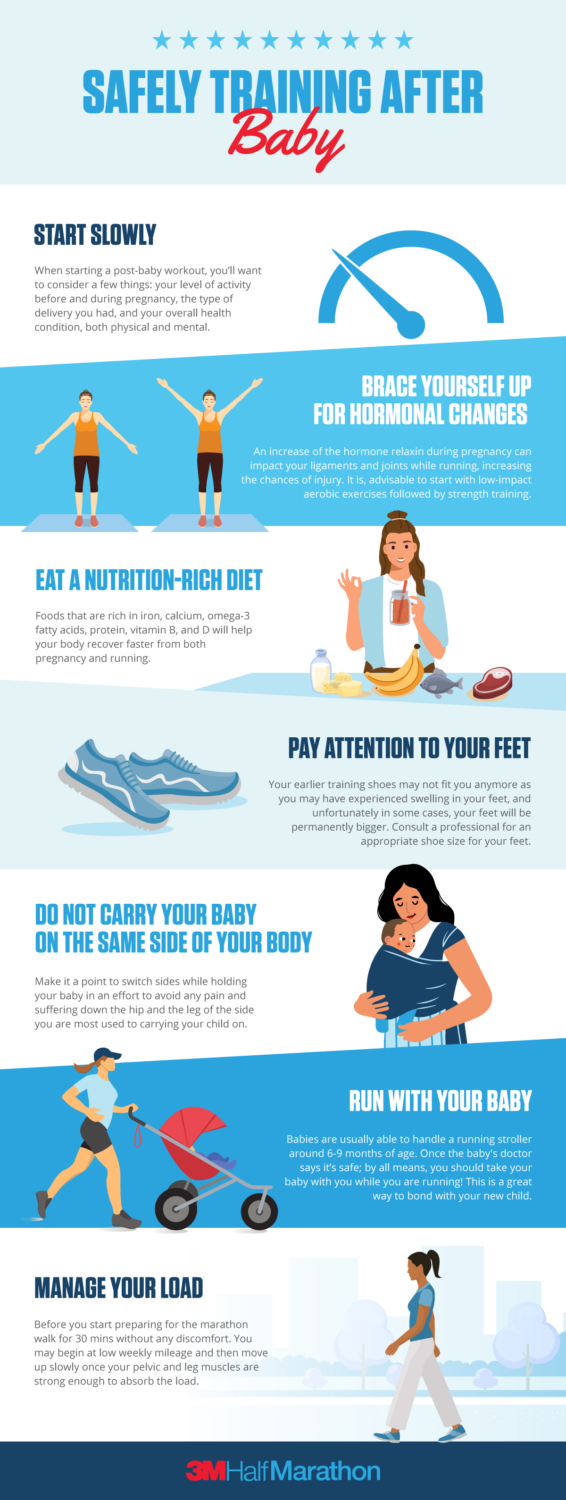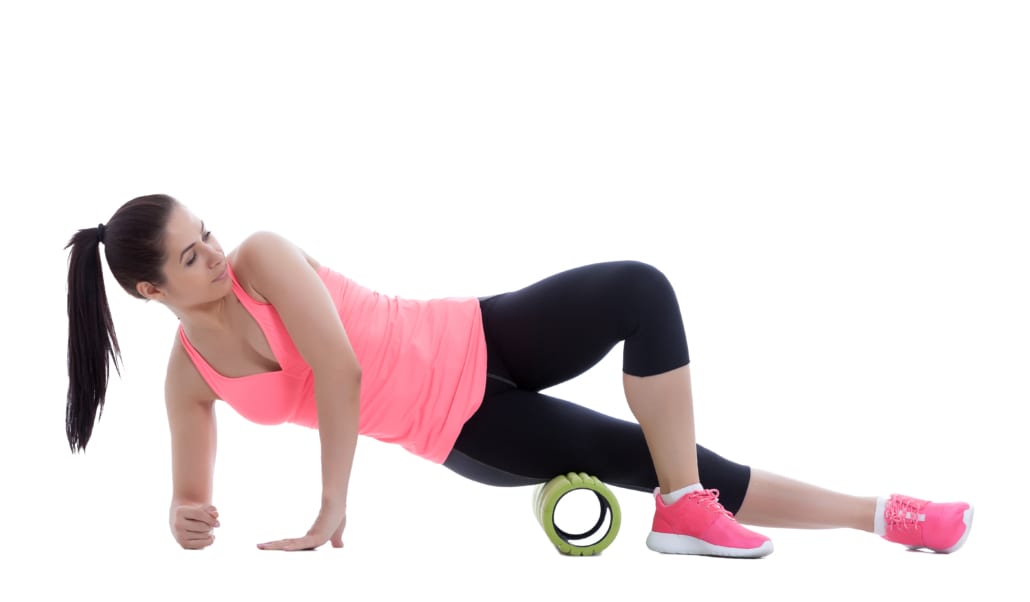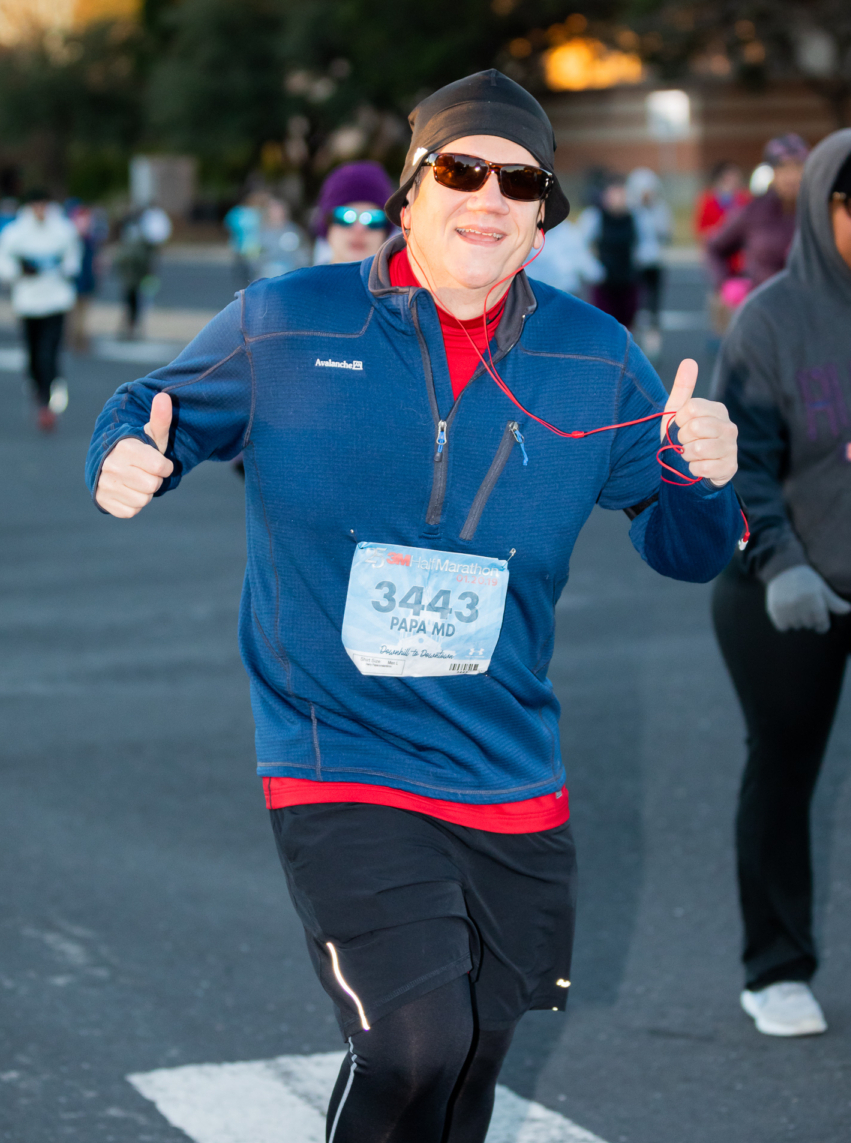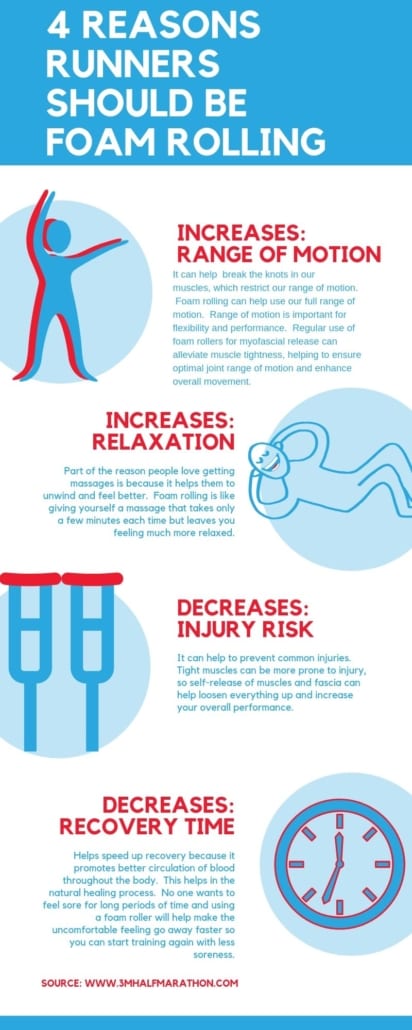Tag Archive for: training
Get out the door for your morning run with this helpful advice
You hear that? That’s your alarm clock going off earlier than normal. Your schedule calls for an early morning run. Now the internal battle begins because your bed is so comfortable and you were really enjoying sleep. Every runner battles themselves in some way every morning. Use one or all six of these tips to make your morning run!
1. Plan a Scenic Route to Motivate You
One of the biggest perks of living in Austin is the abundance of scenic running spots. Plan your morning run to include some of the city’s most beautiful locations. Nothing gets you moving like the promise of a sunrise over Lady Bird Lake or the cool, shaded paths of the Barton Creek Greenbelt.
Pro Tip: Kickstart your morning with a loop around the Lady Bird Lake Trail. You’ll get to see rowers gliding across the water as the city wakes up, which will fuel your motivation. Plus, how can you say no to those postcard-worthy skyline views?
2. Run Fuel at a Local Coffee Shop
Plan to stop by one of Austin’s many runner-friendly coffee shops after your run for a little post-workout treat. Whether it’s a cold brew from Mozart’s Coffee Roasters or an iced matcha latte from Houndstooth Coffee, having a post-run ritual tied to a local favorite can help get you excited to lace up. You’ve earned it!
Pro Tip: Tell yourself, “If I get this run in, I’m stopping by Bennu Coffee for a lavender latte.” Boom! Motivation and reward all in one.
3. Join a Local Running Group
Austin has an awesome running community, and nothing helps you stick to your morning run schedule like knowing someone is counting on you. Groups like The Morning Jo’s, RAW Running, and the Rise & Run have regular meetups around the city, often in the early morning hours. Not only will you have someone to run with, but you’ll also be a part of Austin’s vibrant running scene. Accountability = consistency.
Pro Tip: Check out WeRunAustin.com to find run groups to fit your schedule. Some running groups meet at iconic spots like the Texas Capitol or Zilker Park. Make friends and explore the city’s best running routes together!
4. Set Everything Out the Night Before
Take the guesswork out of your morning by laying out your gear the night before. Shoes, socks, watch, and hydration—have it all ready to go. When your gear is staring you in the face, it’s a lot harder to justify staying in bed. Plus, you’ll save valuable time in the morning. You know what they say: “Don’t think, just run!”
Pro Tip: Put your phone with your alarm across the room, next to your running gear. Now you have to get up!
5. Pair Your Run with a Recovery Session at a Local Spot
Once your morning run is complete, treat yourself to some active recovery! Austin has plenty of great places to help you recover in style. Swing by Deep Eddy Pool for a post-run swim or stop by Black Swan Yoga for a quick restorative session. Knowing you have a relaxing recovery plan lined up can help push you out the door in the morning.
Pro Tip: If you’re running on the Shoal Creek Trail, plan a cool-down stretch on the beautiful lawns at Pease Park afterward. You’ll get to relax while soaking in some nature.
6. Set a Race-Day Goal to Keep Your Eyes on the Prize
Whether you’re training for the Austin International Half Marathon or aiming for a personal best at a local 10K, keeping race day in mind is a powerful motivator. Austin’s race scene is electric, and nothing feels better than crossing the finish line knowing those early mornings paid off. Keep your registration confirmation or bib from a past race visible as a daily reminder of why you’re putting in the work.
Pro Tip: The Austin International Half Marathon is known for its amazing crowd support and lively atmosphere, so picture yourself running through downtown with the cheers of the city pushing you to the finish line. That’s something worth waking up for!
With Austin’s stunning running spots, cool local hangouts, and strong running community, there’s no reason you can’t conquer your morning run. Sure, the bed is comfy—but the feeling of a morning well spent on the trails is even better. Stick to these tips, and you’ll be cruising through those training miles and ready to dominate race day at the Austin International Half!
Let’s rise, run, and crush it together, Austin!
What you count as fun while running can be subjective. Maybe you need to leave the GPS behind and just enjoy the scenery, or maybe you need to try running in a group.
If you’re a runner, you know that sometimes it’s hard to stay motivated. Especially when the weather is bad or you’re just not feeling it. But don’t give up! There are plenty of ways to make running more fun, so you’ll be more likely to stick with it. Here are a few tips:
1. Run Together With Friends
Maybe a friend or a neighbor also goes running regularly, and wouldn’t mind joining you on your runs. You can join a training program as well, where you can find new running buddies. Running together with people that have similar goals and being a part of a larger running community can be fun.
Consider developing a hangout for your running buddies. You can decide to meet at a local area after your runs, so you can relax and hang out. You may also decide to meet for breakfast. Turning your daily run into a social event can help you enjoy it even more.
2. Sign Up for A Running Event
Running events like the 3M Half Marathon or the Austin Marathon are a fantastic way to bring some joy to running. Not only can you meet new people with a shared hobby, but you’ll also get to experience your own city (or destination cities all over the world) in a brand new way.
3. Change Your Routine Running the same route every day can get tedious. Instead, why not change up your routine, to make running more fun? Maybe you’re more interested in social runs, or you may prefer running alone. From time to time, switch up how you go running.
Run in different places, maybe even in the woods when you have time. Eventually, running the same route can start to feel stale. But consider also that you can explore new places while you run, which can make your daily runs a lot more fun.
Another way to change up your routine is to go running at different times of the day. If you usually go running in the mornings, then try going for a run after work.
4. Help Others Through Running
Some people need the help of a goal to start running regularly. This provides them with a sense of purpose. Consider running for charity or to raise funds. You can align yourself with your favorite organization, and the proceeds you raise from running will go to your chosen organization.
A fun way to dip your toe into this is by volunteering at a local running event. These events run on help from those in the community, and you’ll be doing a great service to your fellow runners which always feels good.
5. Gamify Your Run
You can download and have fun using running apps, and there are plenty to choose from. You can use apps to measure the number of miles you’ve run. You can also build a training log for yourself, and even keep track of your friends. Running apps can provide you with motivation and also turn running into a social event.
6. Pay Attention to Your Body
The most important thing while running is to listen to what your body is trying to say to you. Don’t compare yourself to others who run more than you, or those who train hard every day. You need to run in a way that suits you. When you nurture your needs and take care of yourself, all your runs will turn out to be more fun for you.
So, get out there and have some fun! Sign up for a race or two with your friends. Join a running club. Listen to your body and back off when you need to. And most importantly, remember that running is supposed to be enjoyable – so enjoy it!
Giving birth to a baby is like no other experience in this world. It is highly gratifying to nurture a life inside you and then bring them into this world. Returning to running after pregnancy will require consideration of the demand your body has been through both emotionally and physically.
On the other, pregnancy also takes a heavy toll on you both physically and emotionally. The period that immediately follows childbirth (postpartum) can be equally taxing. Sliding back to normalcy and getting back into your previous running routine may take some time.
Luckily, we’re here with some tips that may help get you back to training for a half marathon sooner than you think.

Start slowly & be realistic
Whether you are deciding to start training during pregnancy or after childbirth, the first thing you should do is discuss your plan with your doctor. For hassle-free pregnancies, your doctor may recommend weekly strength training or aerobic exercises. During the pregnancy/postpartum period, your body undergoes a lot of cardiovascular changes, resulting in more oxygen circulating through the body. This means your body is functioning more efficiently and you can use that to your advantage.
However, whether during pregnancy or postpartum it is important to keep the intensity level of your exercise in mind. When starting a post-baby workout, you’ll want to consider a few things: your level of activity before and during pregnancy, the type of delivery you had, and your overall health condition, both physical and mental. It is recommended you do not go into overdrive with your training schedule post-delivery.
Brace yourself up for hormonal changes
The increased release of the hormone relaxin during pregnancy (and also while breastfeeding) results in the pelvic floor becoming more relaxed. This, in turn, may also impact your ligaments and joints while running, increasing the chances of injury. It is, therefore, advisable to start with low-impact aerobic exercises followed by strength training. These will help strengthen your muscles and prep you for a better training regimen in the future.
Eat a nutrition-rich diet
Try to incorporate food items that are rich in iron, calcium, omega-3 fatty acids, protein, vitamin B, and D. These will help your body recover faster from both pregnancy and running. Iron and electrolytes are especially helpful in avoiding dehydration, and if you are breastfeeding they also help prevent a drop in breastmilk production. Here are some healthy and easy breakfast ideas that fit the bill, try them out!
Pay attention to your feet
Your earlier training shoes may not fit you anymore as you may have experienced swelling in your feet, and unfortunately in some cases, your feet will be permanently bigger. Consult a professional for an appropriate shoe size for your feet.
Do not carry your baby on the same side of your body
Make it a point to switch sides while holding your baby. Otherwise, when you start intensifying your exercise after delivery your lower back muscles may soon give up on you. This may lead to immense pain and suffering down the hip and the leg of the side you are most used to carrying your child on.
Run with your baby
Babies are usually able to handle a running stroller around 6-9 months of age. Once the baby’s doctor says it’s safe; by all means, you should take your baby with you while you are running! This is a great way to bond with your new child. Just be sure to buckle them in safely according to the standards of your running stroller. Head here for some helpful tips about running with a stroller.
Manage your load
Before you start preparing for the marathon, walk for 30 minutes without any discomfort. Once you are comfortably walking at this pace and time increment for a few weeks you can then start slowly running. You may begin at low weekly mileage and then move up slowly. You may gradually increase your speed too once your pelvic and leg muscles are strong enough to absorb the load.
By following the above guidelines, you will find yourself back to a normal training routine in no time. Just remember not to push yourself too hard; listen to your body, start slow, and stay hydrated. Through a healthy and productive training regimen, you’ll be back running a marathon in no time.
What is foam rolling and why should runners do it?
According to Wikipedia, foam rolling is: a lightweight, cylindrical tube of compressed foam. It may be used for many reasons, including increasing flexibility, reducing soreness, and eliminating muscle knots. Foam rolling is a method of self-myofascial release. Studies show that the best results occur when the foam roller is used for 30 to 90 seconds on each muscle and combined with static stretching. Rollers come in different sizes and degrees of firmness. The firmness (often identified by the color) can range from soft to firm, soft being best for beginners.

Top 4 reasons runners should foam roll.
Top 4 Reasons Runners Should Foam Roll
Increases Range of Motion and Relaxation
1.) Increase range of motion – It can help break the knots in our muscles, which restrict our range of motion. Foam rolling can help use our full range of motion. Range of motion is important for flexibility and performance. Regular use of foam rollers for myofascial release can alleviate muscle tightness, ensure optimal joint range of motion, and enhance overall movement.
2.) Increase feelings of relaxation – Part of the reason people love getting massages is because it helps them unwind and feel better. Foam rolling is like giving yourself a massage that takes only a few minutes each time but leaves you feeling much more relaxed.
Decreases Injury Risk and Recovery Time
3.) Decrease injury risk – It can help prevent common injuries. Tight muscles can be more prone to injury, so self-release of muscles and fascia can help loosen everything up and increase your overall performance.
4.) Decrease recovery time – Helps speed up recovery because it promotes better circulation of blood throughout the body. This helps in the natural healing process. No one wants to feel sore for long periods of time. Using a foam roller will help make the uncomfortable feeling go away faster so you can start training again with less soreness.
We at 3M Half Marathon prefer TriggerPoint foam rollers since it started in Austin, where this awesome race takes place. They were also a past partner of the race. There are now numerous creators of similar products you can explore and test out.
Grab one soon, if you don’t already own one, and get to foam rolling ASAP!
Latest Blogs:
NEWSLETTER
Thank you for signing up. You will be the first to know about new releases, giveaways & special projects. Stay tuned.










